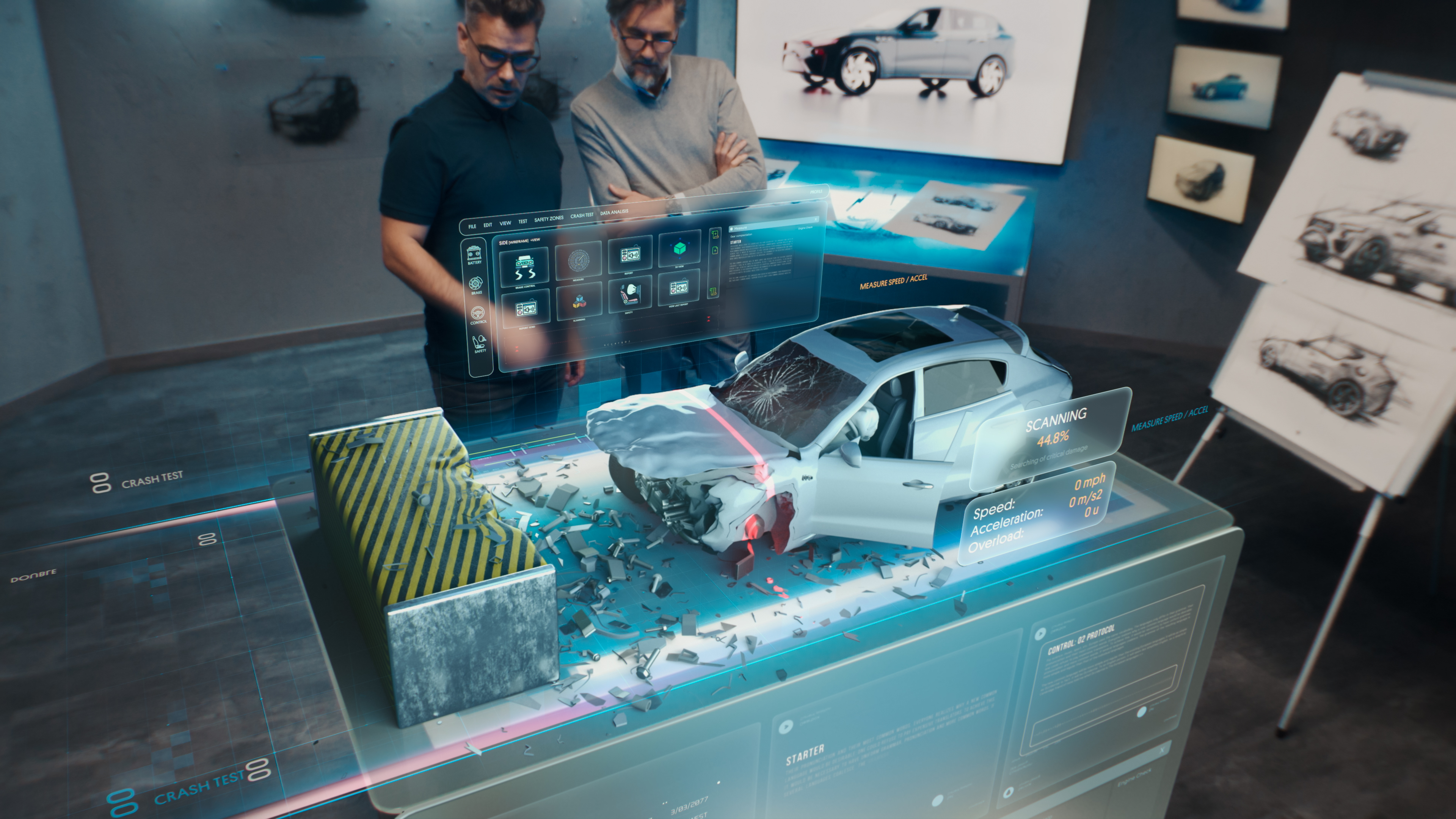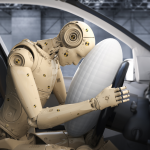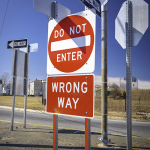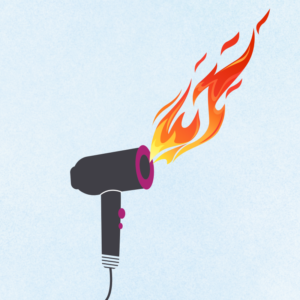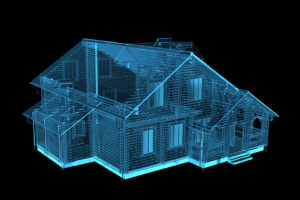To monitor levels of automobile safety, a key benchmark is to evaluate the vehicle’s crash test ratings in addition to understanding the vehicle’s safety features. Crash testing can involve evaluating the structural performance and airbags, as well as crash compatibility between car types. Many crash types on roadways include frontal, side, and rollover; therefore, these three scenarios are most frequently tested. The efforts to develop and upgrade test procedures for evaluating motor vehicle safety help to reduce the number of fatal and serious injuries that occur each year.
A great way to understand the safety levels of your vehicle is to pay attention to its car safety ratings, which evaluate different elements that affect the vehicle’s overall safety. Crash test results, rollover resistance, roof strength, rear-impact protection, and advanced safety systems (such as forward collision warning, blind spot warning, and automatic emergency braking) are a good place to start when assessing a vehicle’s overall safety capability. The main areas covered by safety evaluations and crash-testing procedures include frontal-impact tests, side-impact tests, rollover tests, roof-strength tests, headrest tests, headlight tests, safety-equipment tests, driver-assistance feature evaluations, and LATCH/Child Seat Safety.
Our accident investigation professionals recently attended the largest collision reconstruction conference ever held – WREX 2023, the World Reconstruction Exposition in Orlando, Florida. Over 20 crash tests were conducted by WREX teams and experts. Data was collected during each crash by event data recorders native to the involved vehicles as well as aftermarket vehicle mounted data loggers. Each collision was documented by numerous drone, vehicle, and ground mounted cameras. Following the crashes, the vehicle data was recovered, and the vehicles were 3D scanned to document the scene and collision damages.
Investigation of real-world collisions requires the same forms of evidence preservation – including documenting the scene and vehicles, via photos and 3D scans, and preserving and analyzing collision data recorded by the vehicles. While a passenger vehicle’s airbag control module remains an ever-important source for collision data, further data is becoming available from additional sources on many vehicle makes/models. Event data, and even imagery, triggered and captured by vehicles’ advanced safety systems and on onboard cameras, is becoming available for expert imaging, analysis, and consideration during accident reconstruction.
As available collision data and imagery becomes more prevalent, retention of an expert to preserve, analyze, and incorporate the data into a reconstruction is as important as ever. Our Transportation Group is comprised of skilled engineers possessing specialized advanced training in areas such as accident reconstruction, low impact accident injury-causation assessment, biomechanical engineering, pedestrian strikes, operator actions and product defects.
